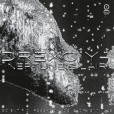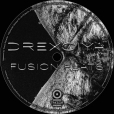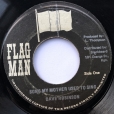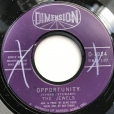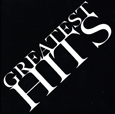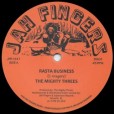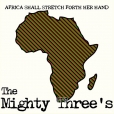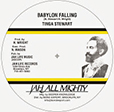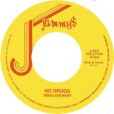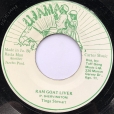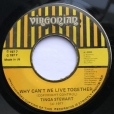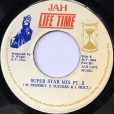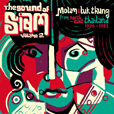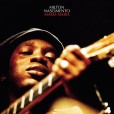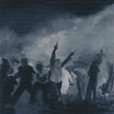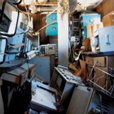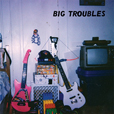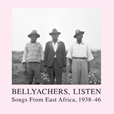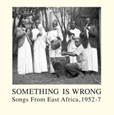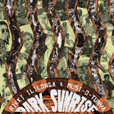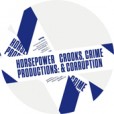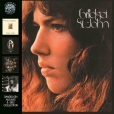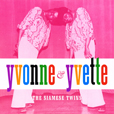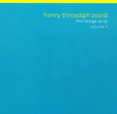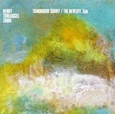Your basket is empty

Brilliant, dazed and skewiff electro-pop from Fact magazine’s label of the year. The Autre Ne Veut is pretty great, too.
Total murder.
Bernard Brown, Carlton Gregory, and Noel ‘Bunny’ Brown (from the Chosen Few), originally on the April imprint out of NYC in 1978.
Steppers paranoia par excellence.
Music for a ballet telling the life of of a daughter of a black slave, recorded in 1974 by the likes of Nana Vasconcelos, Joao Donato, Paulinho Jobim, and members of Som Imaginario; and containing the definitive versions of some of MN’s most iconic songs, including Os Escravos De Jó and Maria Maria.
‘Sheer beauty’ (The Guardian). ‘You don’t need to understand a word to realise that this is awesome music’ (Time Out).
The first half of the Something Is Wrong CD set, beautifully pressed and presented, with its own twelve-inch-square booklet.
The second half of the CD.
Classic Zamrock, cooking up Hendrix and Taj Mahal, the Congolese rumba and Afro-beat.
12-page booklet.
The three albums for John Peel’s Dandelion label, plus live material, and recordings made for the BBC between 1968 and 1972. Clickety-click, sixty-six tracks.
‘Bridget St John proved to be the closest Dandelion got to acid folk and psychedelia; her two later albums for the label contain flashes of avant- garde adventurousness, but are closer in spirit to Nick Drake or a post- Fotheringay Sandy Denny’ (Seasons They Change).
The discs are presented in mini LP sleeves; the booklet includes memorabilia and comprehensive notes.
In the sixties they shared bills with every gospel superstar going (not to mention Little Bald Head Johnny, who had no tongue, and Mule Man, who presumably had a big willie and pendulous balls).
